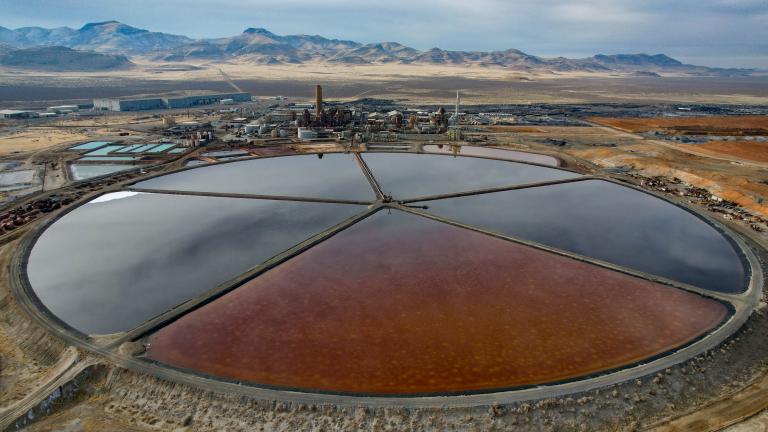I walked into my local grocery store over the weekend and was faced with the very dilemma — organic or local? — some of my colleagues have been wrestling with for a while.
On one table: fresh local strawberries, grown conventionally (i.e., with pesticides and artificial fertilizers). On an adjacent table: organic strawberries shipped all the way from California. I looked, but couldn’t find any that were both local and organic.
The question: which to buy?
Now, if it were just for me, I’d probably choose local. All things considered, local strawberries likely use less energy. Of course, I’m concerned about the effects of pesticides on farmworkers and water quality. That said, I’m at the end of my reproductive life, so I’m a little less worried than I used to be about the health effects of whatever fungicide residues might be on the strawberries (though perhaps that’s a mistake).
Also, supporting local farmers may help preserve farmland and green space near Seattle; and buying local would keep more of my money circulating locally, between local businesses and residents, rather than being siphoned off to another part of the country. Plus, local strawberries are just plain tastier. (That alone would probably have tipped me in favor of local.)
But I wasn’t buying for myself. My two daughters will likely eat the lion’s share — they’re both on a strawberry kick. The younger is at the tail-end of the period of rapid brain growth that lasts, typically, from the 3rd trimester of pregnancy to age 2. I certainly wouldn’t want to expose her to anything that might interfere, even subtly, with a sensitive stage in development. Sure, they’re already both exposed to plenty of hazardous substances — from lead paint dust to bus exhaust — every day. But why add to the risk?
Plus, I like the idea of boosting organic strawberry production in California. Conventional strawberry production in California uses copious amounts of methyl bromide, which is poisonous to the human nervous system and depletes the ozone layer.
In the end, I chose organic.
The berries looked good on the outside — nice and red. But when I got them home and cut them up for my daughters’ lunches, they were white, starchy, and dry inside, rather than the rich, juicy burgundy of a local berry. The kids might not notice the difference, but I will.
And the next time I can get my hands on some organic, local strawberries, I’ll be sure to get some — so the kids get to experience a berry the way it was meant to be eaten.


